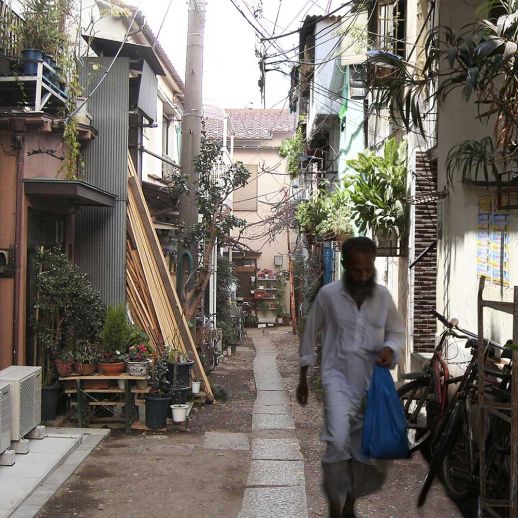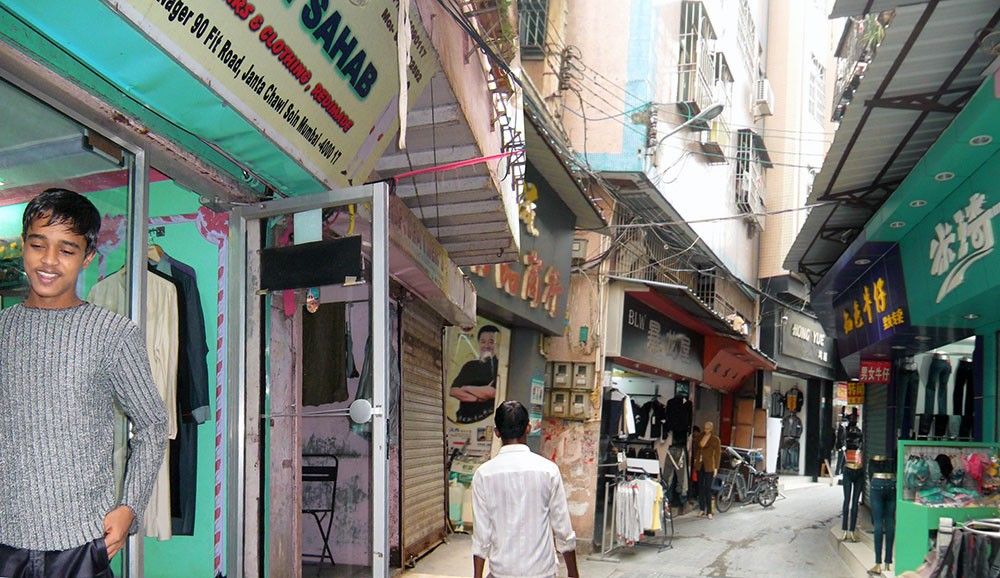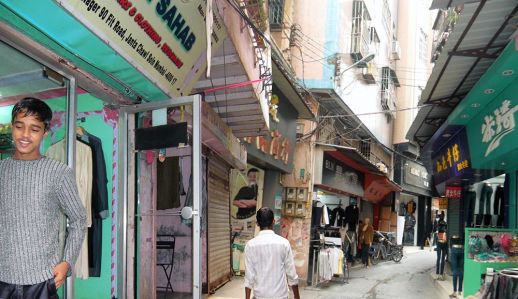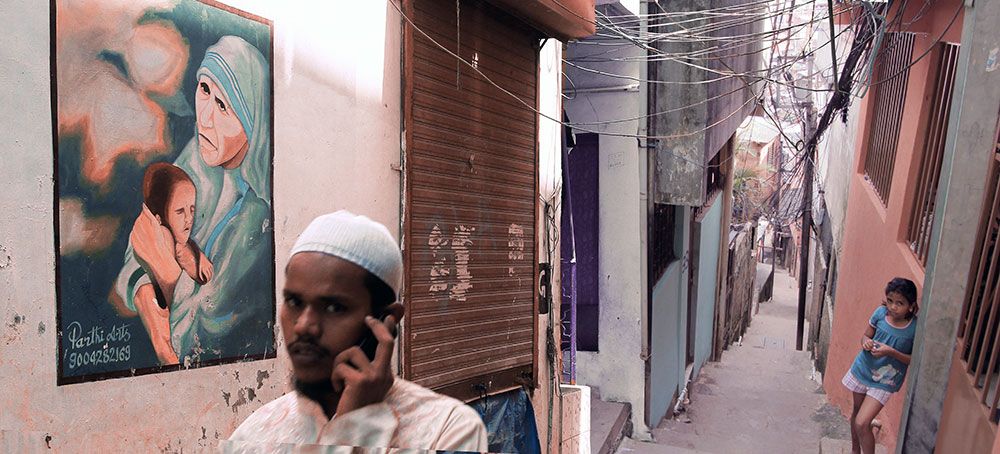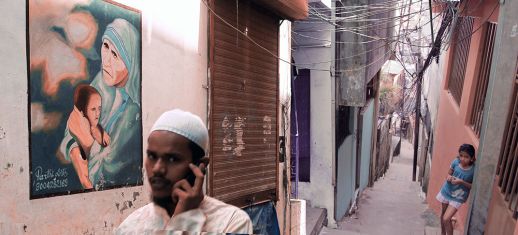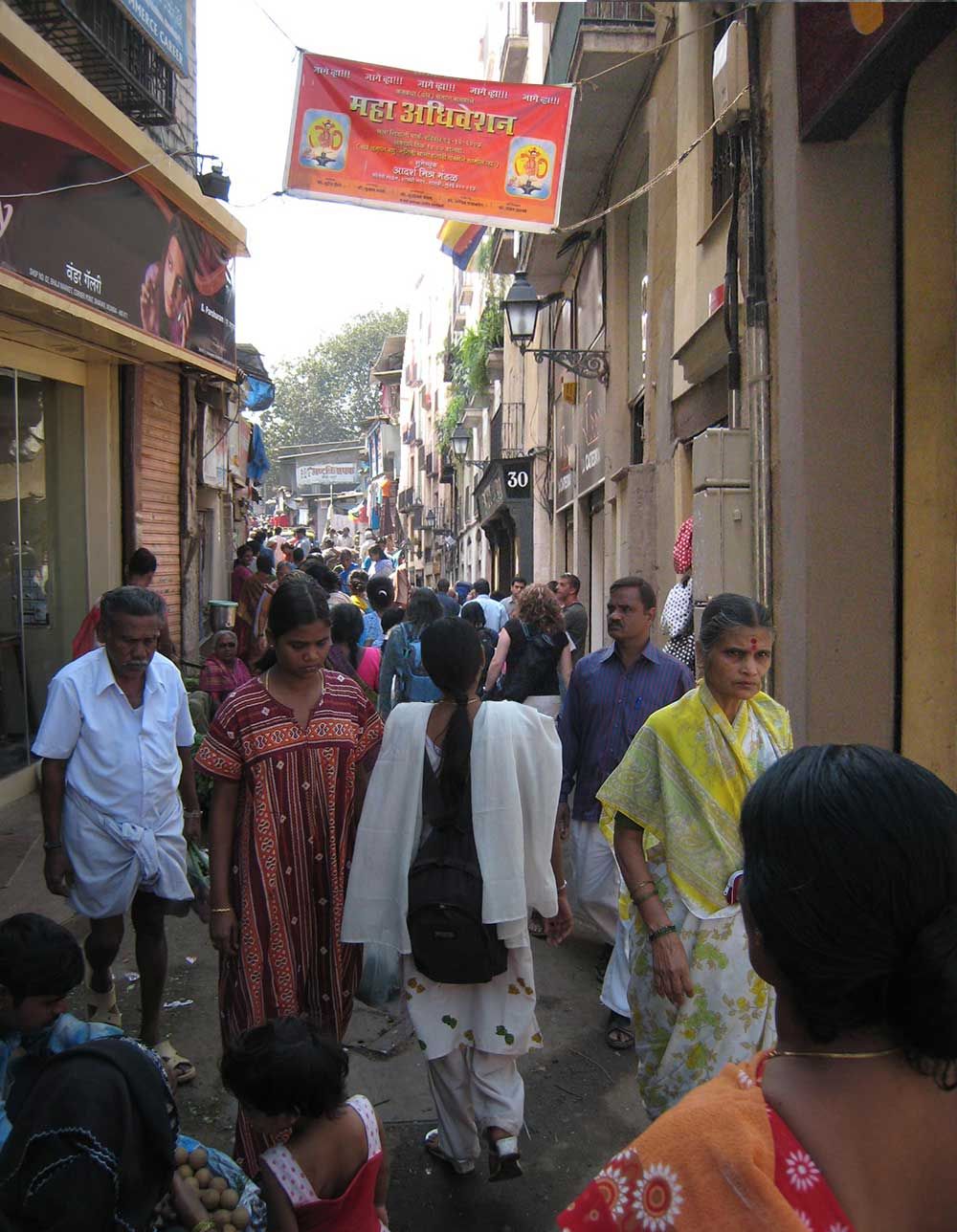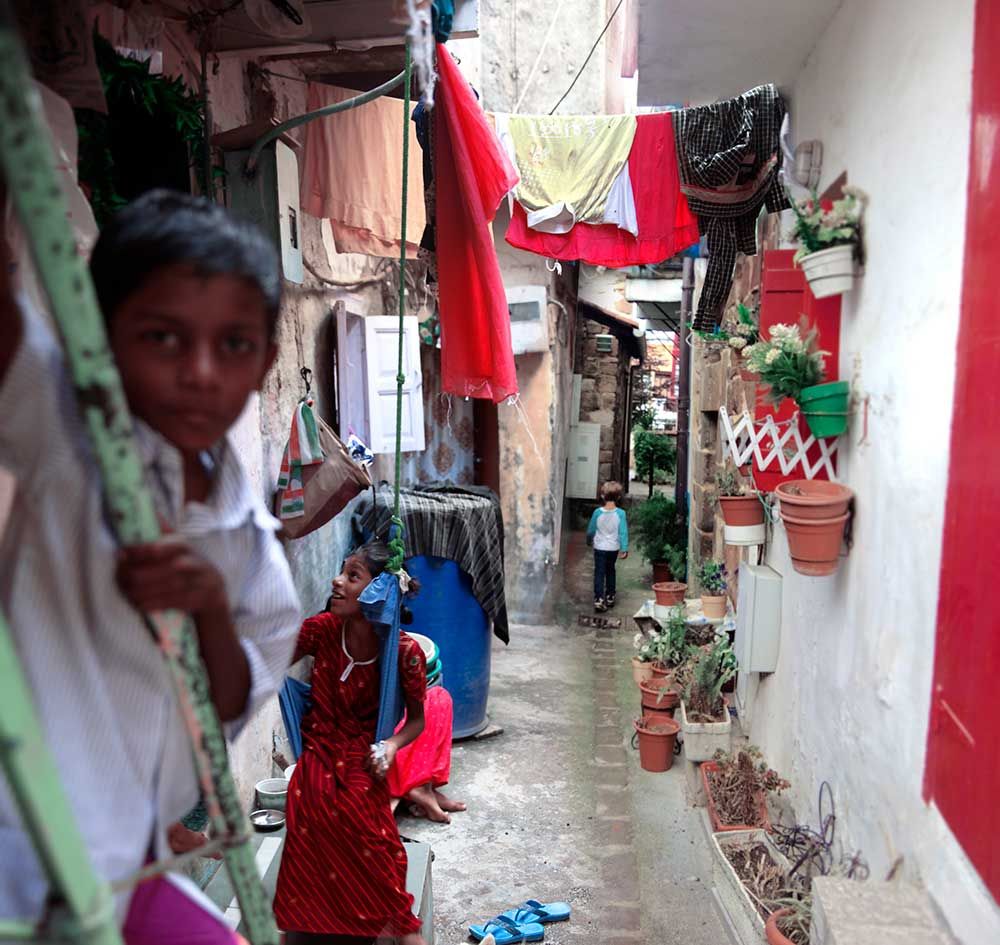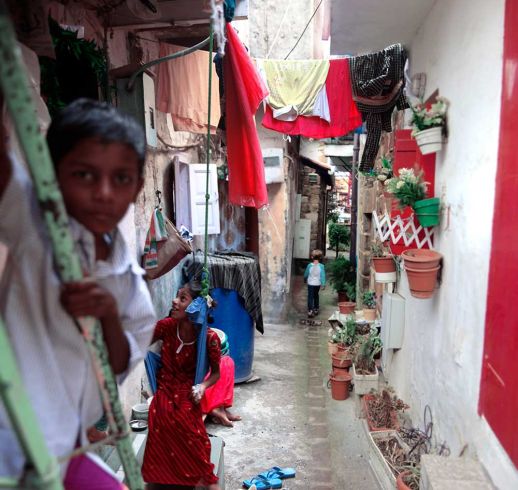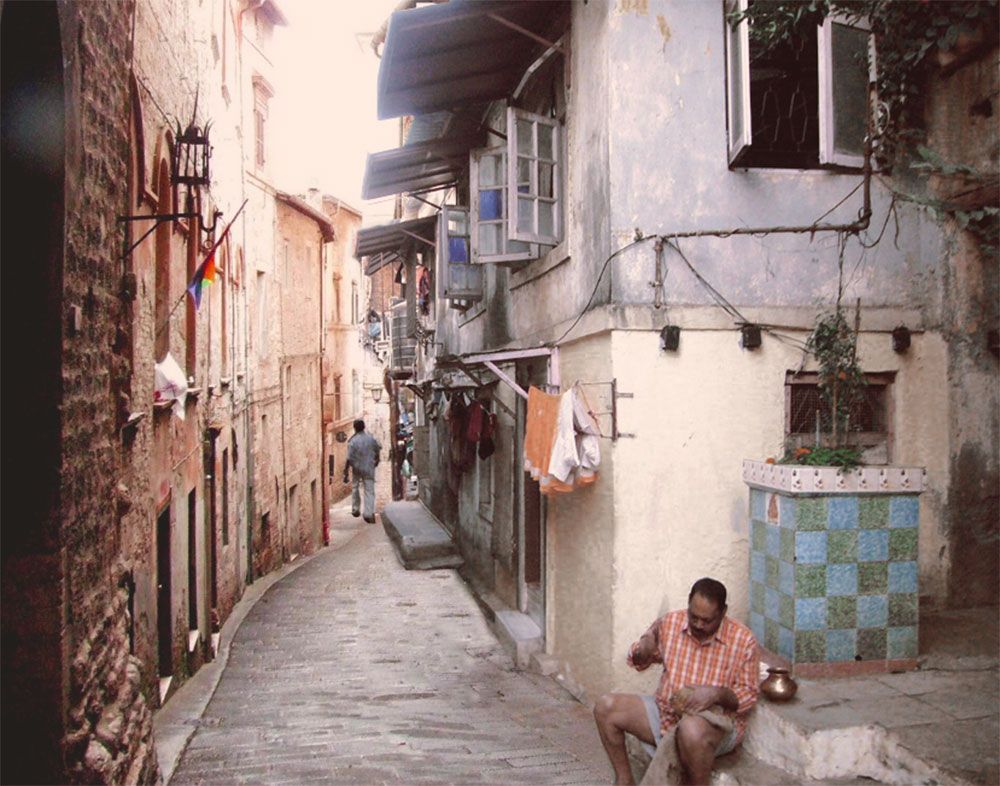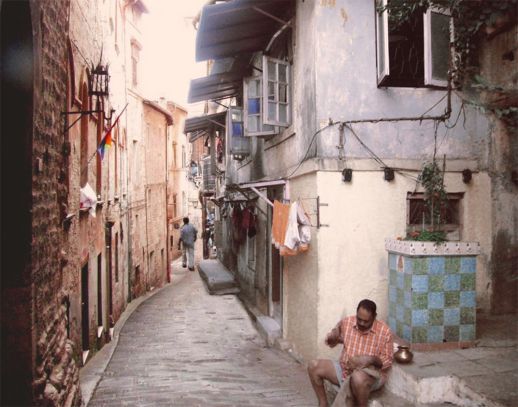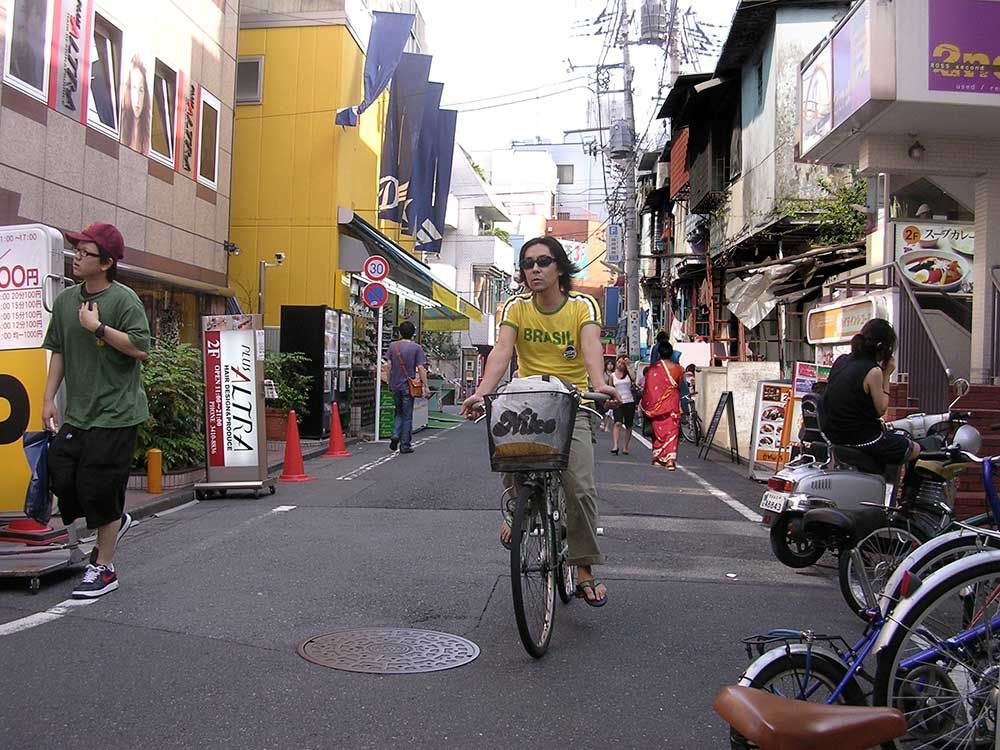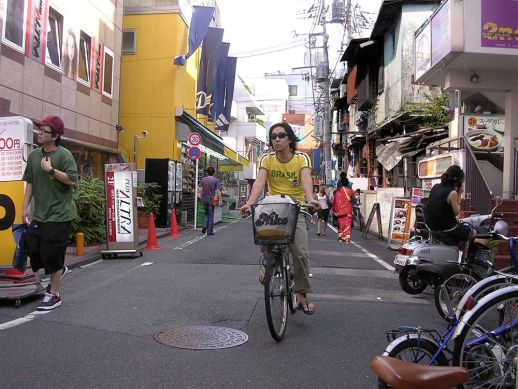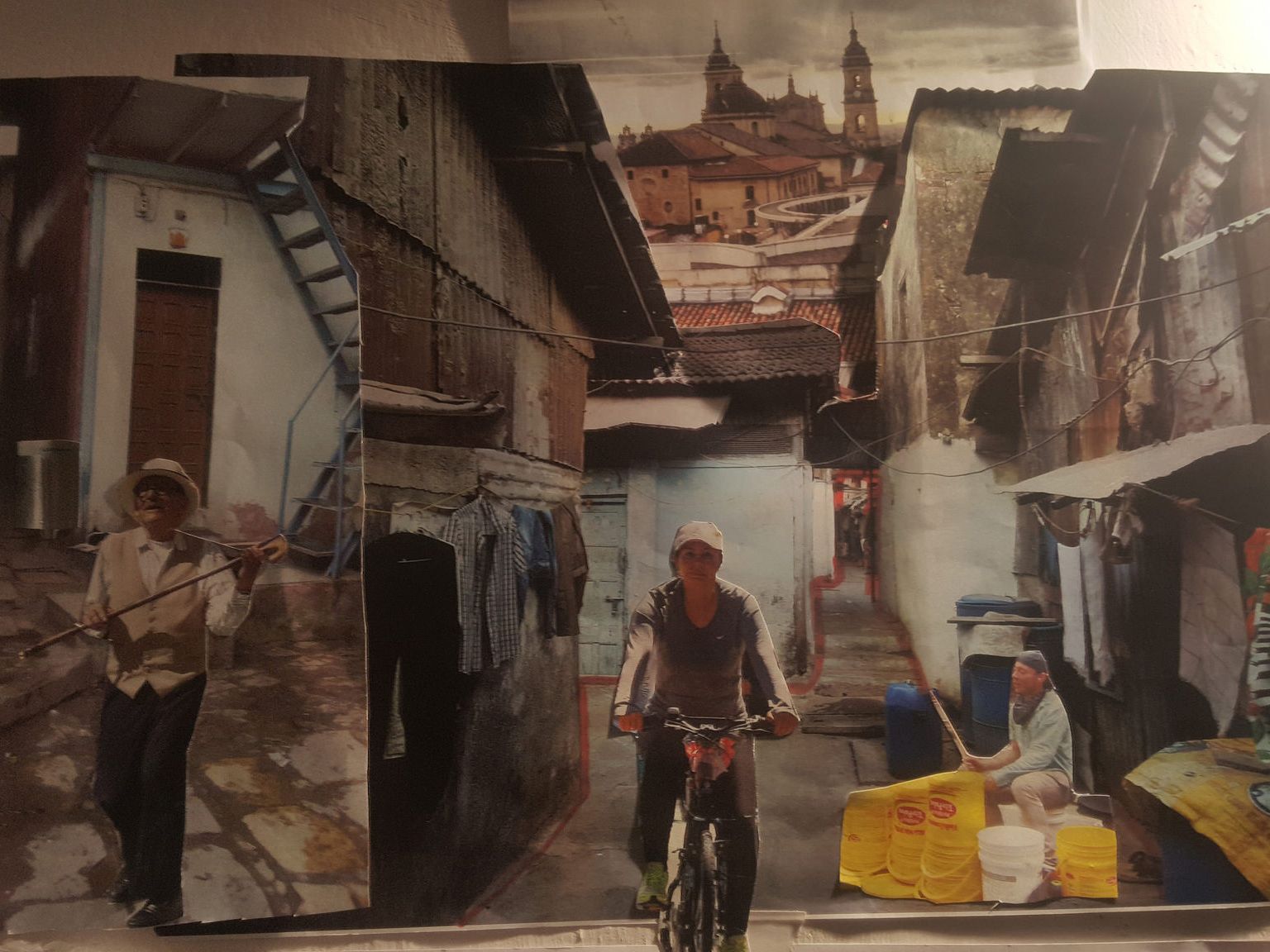Dharavi Mashup
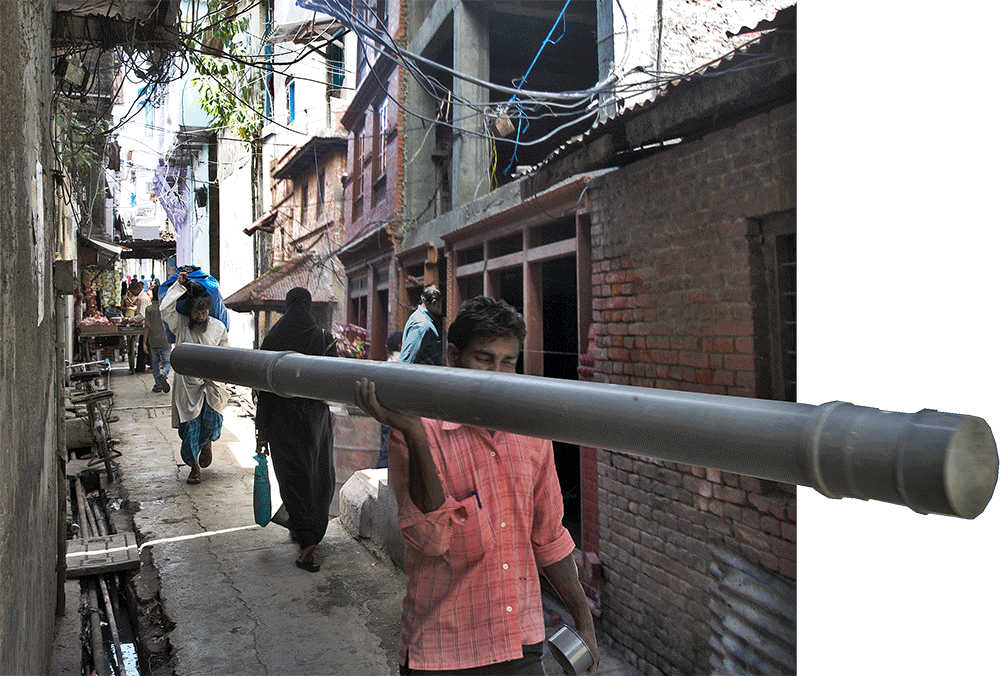
Dharavi Mashup
Cities around the world share a history of incremental development. Whenever urban development happens without planning and especially within a lax zoning regime, we see urban forms emerge that are at once vernacular and universal.
Some of the most glorified cities and neighbourhoods have emerged from this process: old European towns, Asian bazaars, and urban villages around the world, which sometimes become havens for urban diversity and street life – like New York’s SoHo in the days of Jane Jacobs.
Yet, in their nascent stages, incremental neighbourhoods are usually dismissed in cities like Mumbai. Here urban development is dominated by speculative interests and the middle-class utopia of a world-class, master-planned city.
We believe it is time for radical, incremental strategies that bring together local and global experiences. Homegrown neighbourhoods are the perfect laboratories for collaborative and experiential urbanisms that bring sensible urban management to user-generated settlements, with the potential of producing new urban hybrids.
These strategies can accelerate the process of urban transformation and pave the way for richer and more diverse environments, shaped by users needs and aspirations.
Future fitting homegrown neighbourhoods can generate new forms of urban, economic and social organization. By future fitting we mean a wholehearted acknowledgement of the fact, that existing templates of these neighbourhoods can be the starting point for their further improvement and development.
The radical incrementalism that we envision is about bringing high quality sewage systems, garbage disposal mechanisms and clean water supply while simultaneously imagining and realizing a neighbourhood’s potential through collective and individual initiatives.
The urban mashups presented here, merge Dharavi with places as diverse as Tokyo, Shenzhen, Sao Paulo, Spain, Italy and Kathmandu. They point out that the history of incremental development connects even those urban contexts, that everything else seems to set apart. Acknowledging and working with this potential is part of the radical incremental strategy that we propose for Dharavi and other homegrown neighbourhoods around the world.

